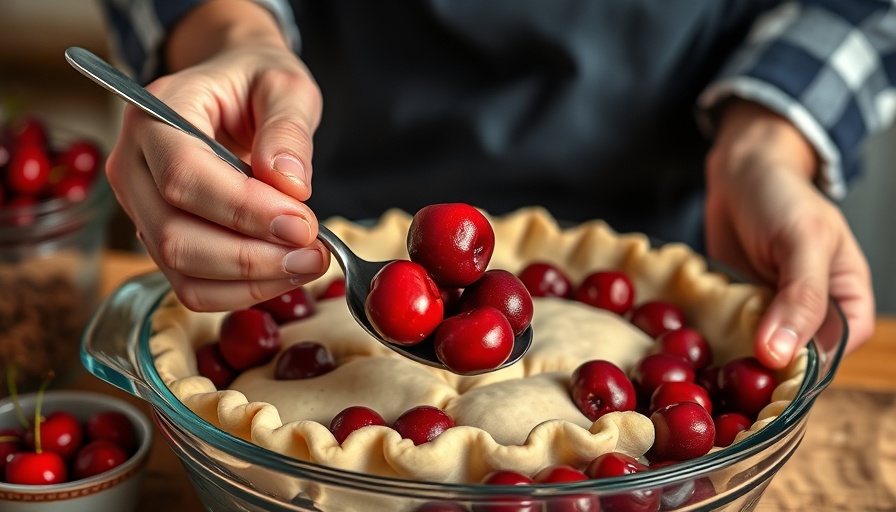
Mastering Pie Crust: Common Mistakes to Avoid
As the autumn air descends and Thanksgiving approaches, the heartwarming aroma of freshly baked pies fills kitchens everywhere. The crust is the foundation of any pie, and perfecting it can seem daunting. In reality, with some guidance, you can avoid the classic errors that plague even seasoned bakers. Here’s how to ensure your pie crust is a triumph this fall.
Preheating: The Key to Success
First and foremost, preheating your oven is critical. Experts agree that a temperature of 375 to 400 degrees Fahrenheit is optimal for perfect crusts. A hot oven rapidly seals the crust exterior, preserving its shape and preventing the dreaded shrinkage that many bakers dread. This technique is not just for pies; it’s imperative for any baked goods requiring a crisp finish.
Keep Ingredients Ice Cold
Another significant aspect often overlooked is the temperature of your ingredients. Having ice-cold butter and water not only ensures a flaky crust but also helps maintain structure during baking. Grating frozen butter or using ice water can make a considerable difference. This process maximizes the chances of achieving those beautifully layered, flaky textures that pie lovers cherish.
Hydration: Adding Liquid Like a Pro
When it comes to incorporating liquid into your dough, the key is moderation. Adding cold water a tablespoon at a time allows for better control over the dough's texture. Too much water can lead to a soggy crust, while too little can result in a dry, crumbly bake. Mixing gently and observing texture as you go can help you nail the balance.
A Gentle Touch: Don’t Overwork the Dough
One of the most common pitfalls when making a pie crust is overworking the dough. A tender crust relies on the fact that visible butter pieces should remain intact; they create the desired flakiness. Remember, the goal is a dough that is cool, pliable, and not stretchy—much like a perfect biscuit. Avoid strenuous kneading; gentleness is your ally.
The Importance of Chilling Your Dough
Patience is a virtue, especially in baking. Once your dough is formed, allowing it to chill in the refrigerator is essential. This step is crucial as it allows the gluten to relax, preventing shrinkage during baking and ensuring that your crust holds its shape. After baking, don’t rush to slice the pie. Allowing it to cool for several hours supports flavor and texture development.
Final Thoughts: Flour Power
With these insights, baking the perfect pie crust this fall doesn’t have to be intimidating. Owning your mistakes—whether it’s a soggy bottom or an overly tough crust—will only make you a better baker in the long run. Embrace the learning process and enjoy the journey of crafting a pie that will impress your family and friends. As you prepare for gatherings, let your crust showcase your culinary creativity.
Ready to put these pie crust insights into practice? Chase away the fear of baking mishaps by putting your newly acquired knowledge to the test. You’ll find that, with care and attention to detail, each pie can be a memorable centerpiece this season.
 Add Row
Add Row  Add
Add 




Write A Comment